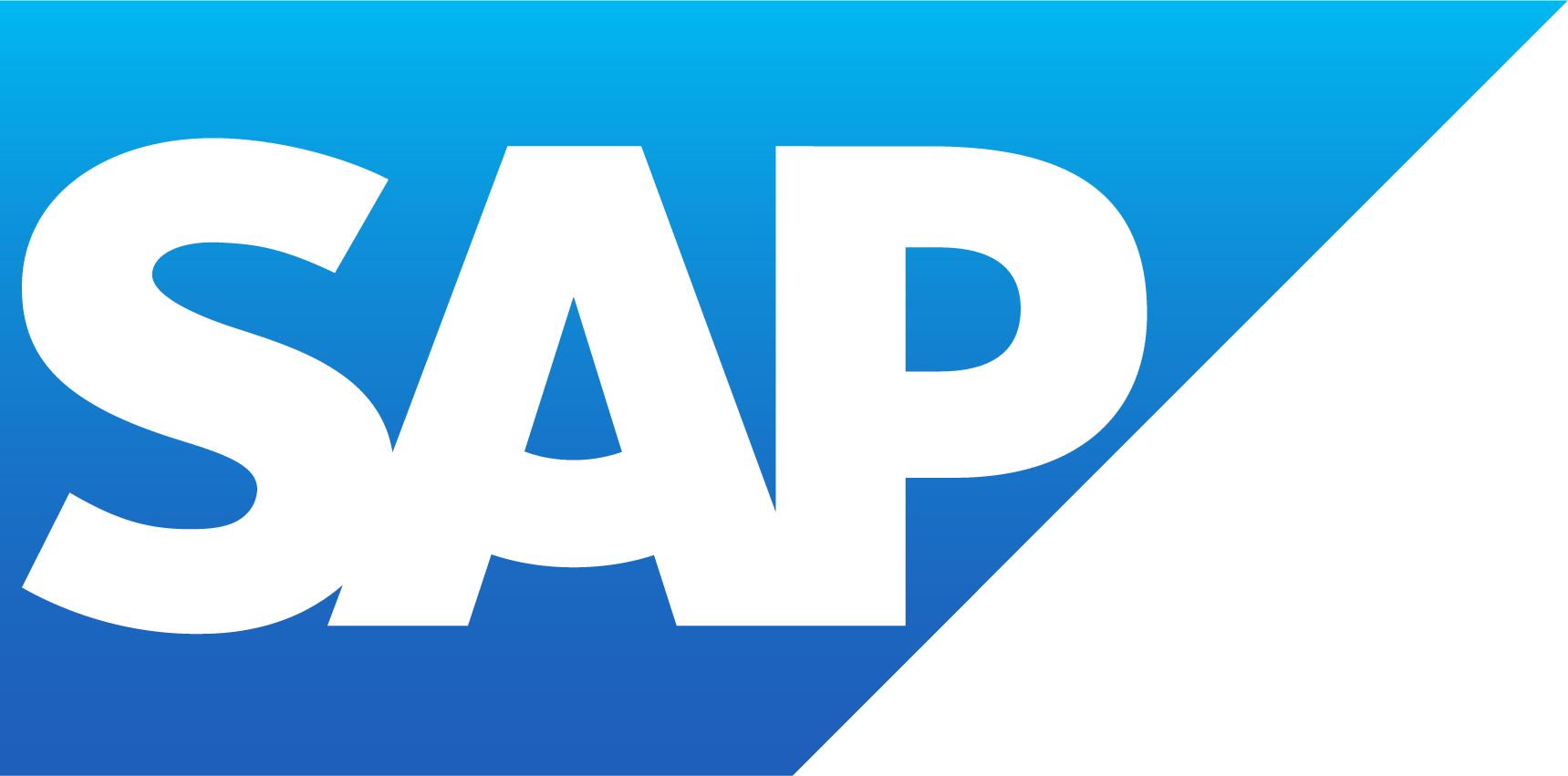Integration in the Hyper-connected SAP Landscape – Research Report
In This Report:
Meet the Experts
Key Takeaways
⇨ Companies are reassessing their integration strategy and solutions to meet demand for seamless workflows, analytics, and integrated customer experiences. The move to SAP S/4HANA is forcing this reevaluation in most companies.
⇨ Deployment of many applications and data stores in increasingly diverse, global locations complicates integrations. Hence, most companies are adopting a hybrid integration strategy that often includes both SAP integration solutions as well as third-party API and iPaaS (Infrastructure as a Service) solutions.
⇨ The biggest challenges are in integrating SAP with legacy databases and applications, keeping up with upgrades and updates, and delivering to changing business demands, while managing security and compliance.
Integration in the Hyper-connected SAP Landscape
In this report we will discuss integration in the hyper-connected SAP Landscape. SAP landscapes are today, far from monoliths. They are hyper-integrated with a host of applications to SAP to enable seamless business processes and enterprise analytics. This is a colossal task considering the need to integrate with legacy applications and business partners, while also deploying newer cloud applications that need SAP data. Companies are also exploring process automation and composable ERP to deliver exceptional customer experience.
IT leaders recognize that integration today cannot be an afterthought like in the past but must be a thoughtful and proactive function that can power transformation.
SAPinsider surveyed 112 IT professionals across the world from April to June 2022 about their integration strategies, and challenges. The research identified some major trends in integrations:
- Companies are reassessing their integration strategy and solutions to meet the demand for seamless workflows, analytics, and integrated customer experiences. The move to SAP S/4HANA is forcing this reevaluation in most companies.
- Deployment of many applications and data stores in increasingly diverse global locations complicates integrations. Hence, most companies are adopting a hybrid integration strategy that often includes both SAP integration solutions and third-party API and iPaaS (Infrastructure as a Service) solutions.
- The biggest challenges are in integrating SAP with legacy databases and applications, keeping up with upgrades and updates, and delivering to changing business demands, while managing security and compliance.
- Significant investment is happening in technologies such as low-code/no-code integrations as well as iPaaS platforms. Yet, the cost of integration and ease of use is a concern for many.
Download the benchmark report by completing the form below and gain leading insights, top strategies, and best practices from your peers.
Report Sponsors












